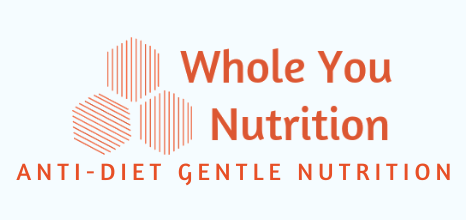Recommended Reading: Burnout: The Secret to Unlocking the Stress Cycle
I first read sisters Emily and Amelia Nagoski’s book, Burnout: The Secret to Unlocking the Stress Cycle, shortly after it came out in the summer of 2019. I had discovered them (and their soon to be released book) during an online summit that gathered a wide variety of experts to discuss the topic of pleasure. One of the ideas they discussed in the summit and explore in their book is the Human Giver Syndrome. This unofficial syndrome or framework tends to fall squarely on the shoulders of women in a typically patriarchal society. It is the idea that women should care for others including children, spouses, and family members, keep the house clean and tidy, take responsibility for cooking and feeding everyone, while also being attractive, happy, generous and attentive. This is in addition to any responsibilities, interests, or careers they many have outside the home, in which many of these expectations also apply.
When I first read the book, I nodded along to many of the examples and explanations, recognizing both myself and many of my clients in the pages. After this last year when the pandemic only added to this already underrecognized burden with the possible addition of distance learning, multiple people working from home, cooking every.single.meal every.single.day, trying to keep a space clean that always has people in it, with limited resources for support or a break (like childcare, cleaning services, going to a restaurant for a meal, or socializing with friends); let’s just say, burnout is real and at an all time high. There have been numerous articles and news segments about the disproportionate impact the pandemic is having on women compared to men (just google “women pandemic burden” to see a few) for all of the reasons mentioned. There was already an inequity in society and when the need for care increased, so did the workload of the Human Givers.
This book was relevant in 2019 (and years before it was published) but it feels even more relevant today. The book starts with a simple and clear explanation of what this chronic stress does in our daily lives, how it builds over time and depletes use to the point of emotional exhaustion and burnout. Like most things in our bodies, stress has its place – it can be lifesaving and it works in a cycle. The often-cited example of the stress response being the thing that saves us from lions and tigers and bears is explored. What happens in this type of situation is there is a physical component – literally running to save our lives – that completes the stress cycle. The ability to physical fight or flee is what the stress cycle is set up for but when our stress isn’t a predator chasing us but rather an email from your boss, a stack of bills coming due, or worry over a parent getting COVID-19, there is no physical component to “burn-off” the hormonal cascade of the stress response. The book offers suggestions to complete that stress cycle (spoiler alert – moving your body is near the top of the list!).
The book is a pleasure to read, it is witty and fun (including mentions of Disney princesses and the “bikini industrial complex”) and offers solid science and research to support the experience of burnout and how to start the recovery process. There are even some suggested activities and worksheets that can help you put everything in perspective. Perhaps adding a book to your reading list feels like one more thing on a never-ending list of things to do, I promise, this one is well worth the effort. And remember listening to a book counts too so consider checking out the audio version if that is a better fit for you. You will walk away feeling seen with a better understanding of why you feel the way you do and armed with some ideas on how to fight back without further depleting yourself.
To learn more about how working with a nutritionist could help you, schedule a free 15 minute call.

